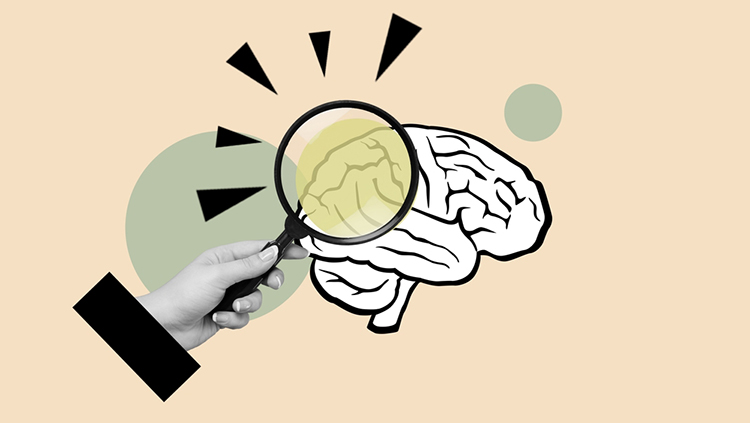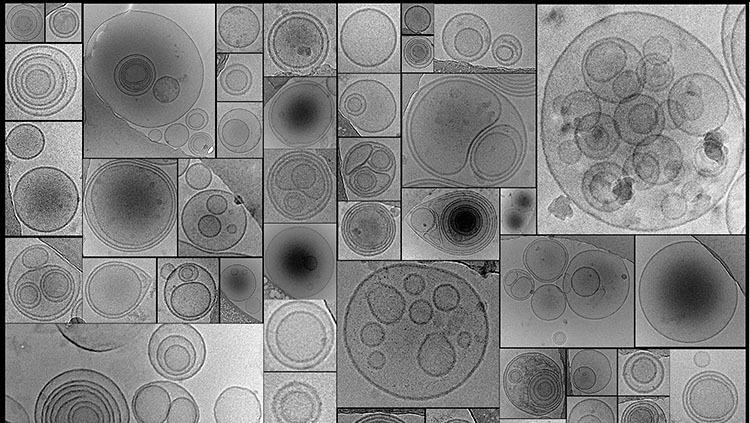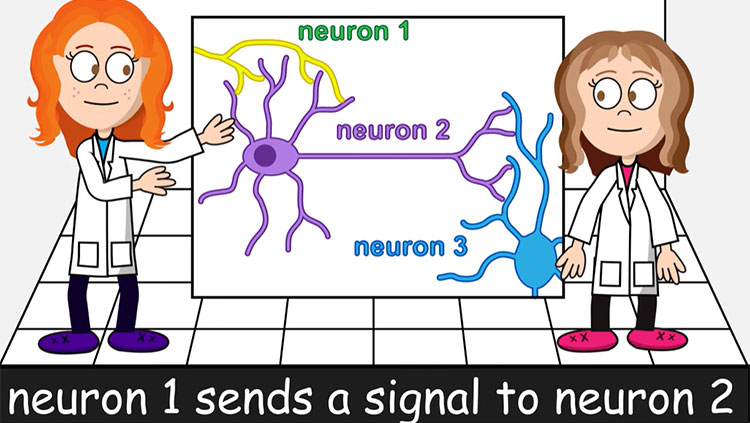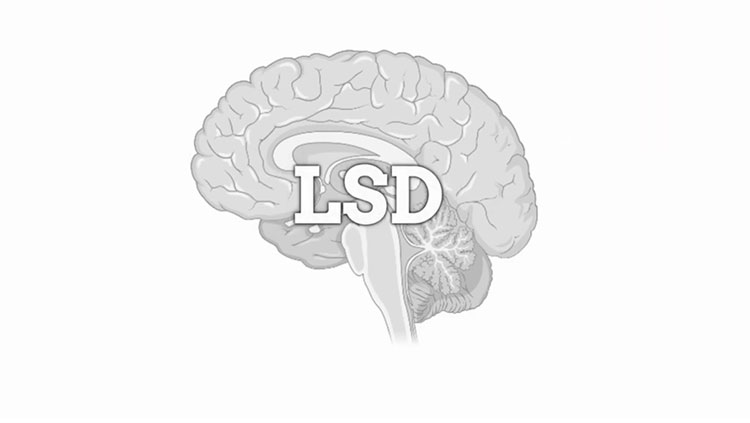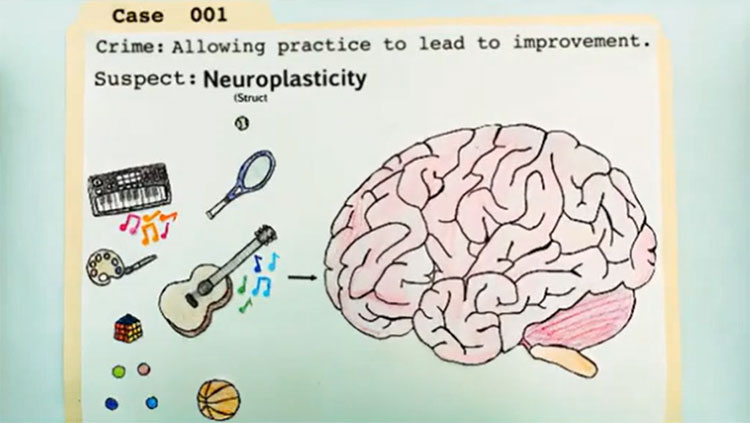Welcome Transplants
- Published23 Oct 2018
- Reviewed23 Oct 2018
- Author Charlie Wood
- Source BrainFacts/SfN
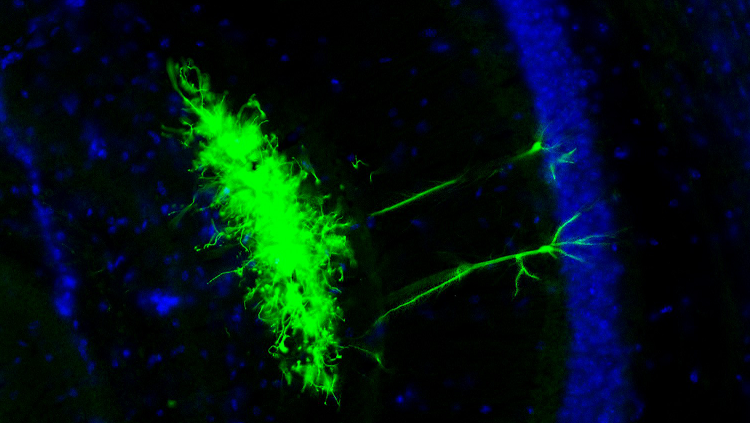
You’re looking at a group of outsiders smoothly adjusting to a new home. These neural stem cells (labeled in green) are demonstrating their flexibility to become any type of cell in the brain. Researchers grew these cells in the lab and transplanted them into the hippocampus of a mouse, where they’re taking on the characteristics of the usual cells in the area.
Similar experiments have found that these cells thrive in their new environment, not only copying their neighbors but also networking with them naturally. In the lab, human stem cells have even taken root in the brains of mice with symptoms of Alzheimer’s disease. After the cells dispersed in the animals’ brains, the animals’ abilities to remember and learn new things improved. The technique does not reduce the tell-tale Alzheimer’s plaques that muck up neuron function, but it might someday treat at least the symptoms of the disease in humans, too.
CONTENT PROVIDED BY
BrainFacts/SfN
References
Li, X., Zhu, H., Sun, X., Zuo, F., Lei, J., Wang, Z., . . . Wang, R. (2016). Human Neural Stem Cell Transplantation Rescues Cognitive Defects in APP/PS1 Model of Alzheimer’s Disease by Enhancing Neuronal Connectivity and Metabolic Activity. Frontiers in Aging Neuroscience, 8. doi:10.3389/fnagi.2016.00282
Also In Cells & Circuits
Trending
Popular articles on BrainFacts.org



